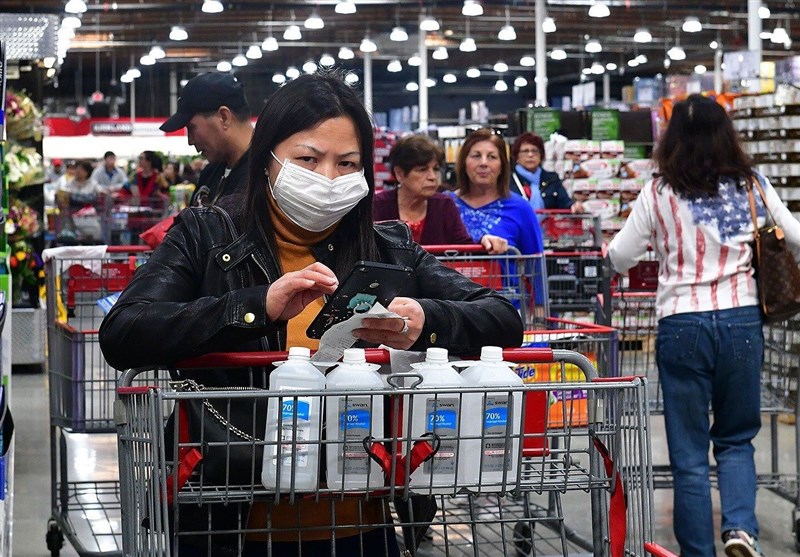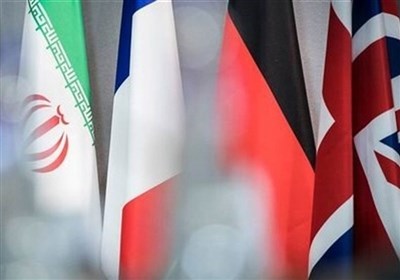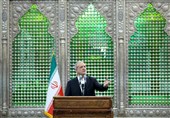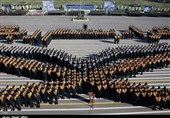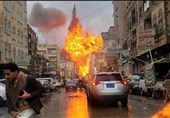NYC Begins Reopening after Three Months of Coronavirus Outbreak, Hardship
TEHRAN (Tasnim) – Exactly 100 days since its first case of the coronavirus was confirmed, New York City, which weathered extensive hardship as an epicenter of the worldwide outbreak, is set to take the first tentative steps towards reopening its doors on Monday.
Getting here took the sacrifice of millions of New Yorkers who learned to live radically different lives. More than 205,000 have been infected, and nearly 22,000 have died.
As many as 400,000 workers could begin returning to construction jobs, manufacturing sites and retail stores in the city's first phase of reopening- a surge of normalcy that seemed almost inconceivable several weeks ago.
State and city officials said they were optimistic that the city would begin to spring back to life. Testing is robust and growing, reaching 33,000 people on a recent day. And new infections are now down to around 500 a day - half as many as there were just a few weeks ago, the New York Times reported.
"You want to talk about a turnaround - this one, my friends, is going to go in the history books," Governor Andrew Cuomo said on Saturday.
New York City, like nine other regions in the state, was required to meet seven health-related metrics before beginning reopening. New York City was the last part of the state to do so.
The road back will undoubtedly be challenging. More than 885,000 jobs vanished during the outbreak, and strong gains are not expected for the city until 2022. The city budget hemorrhaged tax revenue and now faces a US$9 billion (S$13 billion) shortfall over the next year.
And the reopening has been complicated by the vast protests for racial justice that have forced government officials and business owners to unexpectedly adjust their plans.
Hundreds of stores were burgled by looters and police officers enforced a nightly curfew.
"We were planning to make a lot of noise saying, 'Hey, we're back'," said Ken Giddon, a co-owner with his brother of Rothmans, a small clothing chain with a flagship near Union Square. "Now we don't think that would be appropriate."
In areas hit hard by looters in high-end retail neighborhoods of Manhattan, some stores were not planning to open on Monday.
On Sunday morning, Mayor Bill de Blasio announced that he was lifting the 8pm curfew a day early because the city had been relatively calm on Saturday. The curfew had been scheduled to expire at 5am on Monday.
Even before the protests, some public health officials were privately fretting that infections could increase as people returned to work and commuters began to take the subway again.
But the Metropolitan Transportation Authority said it did not believe that rush hour would meaningfully return on Monday - or any time soon.
One person briefed on the authority's planning said officials there expected the trains to be at well below 50 per cent capacity at least through Labor Day - a calculation based on the idea that many office workers would continue to work remotely into the fall.
Many business leaders, particularly those in office-based jobs like technology and finance, are watching the transit system for signs that it is safe.
The authority has embarked on large-scale cleanings and required riders to wear masks but said social distancing may not be possible if subways and buses carry anywhere close to their normal loads.
The city has yet to offer alternatives for how to move millions of commuters around. City Hall said on Friday it was working with the MTA to expand bus service.
As many as 32,000 construction sites could open as of Monday, according to the city, the biggest part of the initial phase of reopening.
Gary LaBarbera, president of the Building and Construction Trades Council of Greater New York, whose group represents unions for more than 100,000 workers, said his focus was on making sure workers would be safe when they return, with masks and other protective equipment available and construction sites reconfigured to allow distancing, health checks and hand-washing.
Some businesses are taking it slowly and carefully.
Only about one-third of textile workers in the city are expected to be back at work Monday, said Edgar Romney, the secretary-treasurer of their union, Workers United/Service Employees International Union.
But many, particularly in midtown Manhattan, have remained closed, he said.
For retailers, the picture is even more complex. Just opening the doors does not guarantee that customers will return.
Business groups said many retailers were waiting for the next phase to venture out - when outdoor dining is allowed, office workers are permitted to return, and shoppers are able to enter and browse around all types of stores, local business groups said.
The earliest that could begin would be late June, based on state mandates that each phase last at least two weeks. But de Blasio said on Thursday that he did not anticipate the city moving into the next phase until early July.
"Businesses can be ready, but are the consumers ready?" asked Thomas Grech, president of the Queens Chamber of Commerce.
